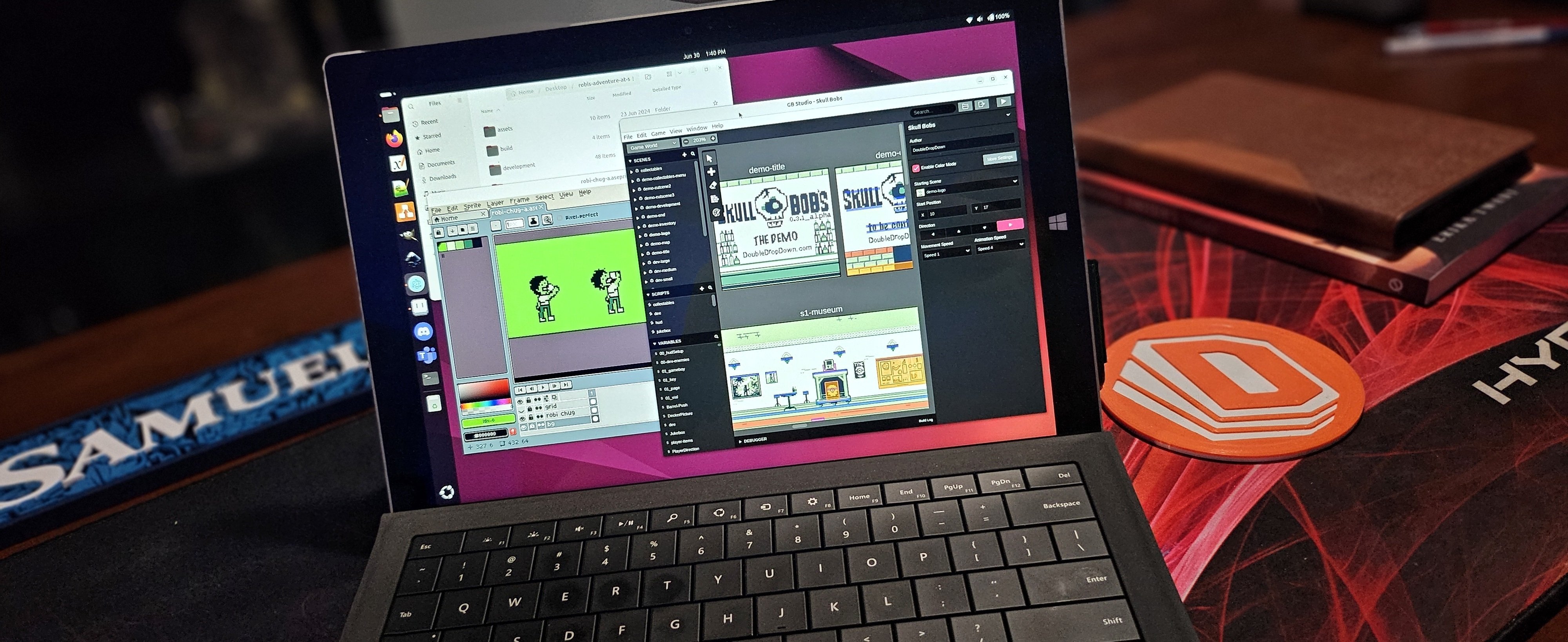this post was submitted on 29 Jun 2024
164 points (96.6% liked)
Linux
45479 readers
1304 users here now
From Wikipedia, the free encyclopedia
Linux is a family of open source Unix-like operating systems based on the Linux kernel, an operating system kernel first released on September 17, 1991 by Linus Torvalds. Linux is typically packaged in a Linux distribution (or distro for short).
Distributions include the Linux kernel and supporting system software and libraries, many of which are provided by the GNU Project. Many Linux distributions use the word "Linux" in their name, but the Free Software Foundation uses the name GNU/Linux to emphasize the importance of GNU software, causing some controversy.
Rules
- Posts must be relevant to operating systems running the Linux kernel. GNU/Linux or otherwise.
- No misinformation
- No NSFW content
- No hate speech, bigotry, etc
Related Communities
Community icon by Alpár-Etele Méder, licensed under CC BY 3.0
founded 5 years ago
MODERATORS
you are viewing a single comment's thread
view the rest of the comments
view the rest of the comments

Thank you for your reply!
It has been my pleasure 😊!
Yup. For your information, 'immutable' distros have only gained popularity relatively recently. In fact, for a long time, it was pretty obscure.
In 2003 we had the initial release of our first 'immutable' distro; NixOS. Then, inspired by it, Guix System was released in 2012. After which, within a couple of years, the distros with connections to enterprise Linux got their first 'immutable' distros:
However, these three were primarily meant for server and/or IoT. Then, in 2018, Fedora released Fedora Atomic Workstation (which later changed its name to Fedora Silverblue). I'd argue we owe the current renaissance of 'immutable' distros to it. And then, inspired by Fedora Silverblue, we've had the release of dozens of 'immutable' distros in the last 2/3 years (including openSUSE MicroOS Desktop (later openSUSE Aeon) in 2021). Ubuntu has yet to release their Ubuntu Core Desktop. Though, it's in active development.
However, even if we'd limit ourselves to the earlier mentioned 'immutable' distros (i.e. Fedora Atomic, Guix System, NixOS, openSUSE MicroOS and Ubuntu Core), we find that they're very different to one another. Heck, by comparison, e.g. Arch, Debian, Fedora, openSUSE and Ubuntu aren't actually that different to each other.
Though, perhaps curiously, we find that at least 80% of the user base of 'immutable' distros are using either Fedora Atomic (and/)or NixOS.
Exactly.
As far as I can tell, none of these should necessarily bring up problems or troubles on 'immutable' distros.
To give an example of something that's not or less supported on 'immutable' distros: Unified Kernel Image with Secure Boot.
AFAIK, openSUSE Aeon can do it currently. But IIRC, there's no documentation. NixOS can actually do it as well and there's plenty of documentation on it. Fedora Atomic can't yet, but there's active development surrounding it. However, I don't expect this feature on the smaller 'immutable' distros. Hence, for them, I'd regard this as absolutely impossible.
I'm glad to hear that!
Great! FWIW, if there's anything to take from this interaction, then it's definitely this.
Thank you so much for your time. The amount of effort in your response is amazing and rich with details!
That's the most wholesome reply I've had in some time. Thank you for making my day! I appreciate it 😊!